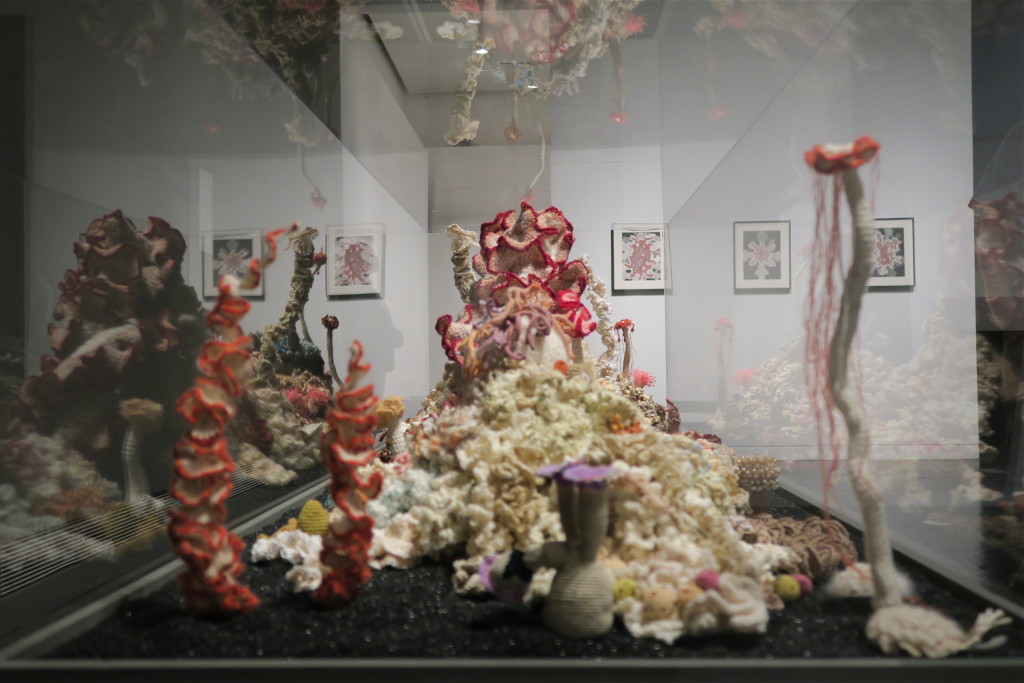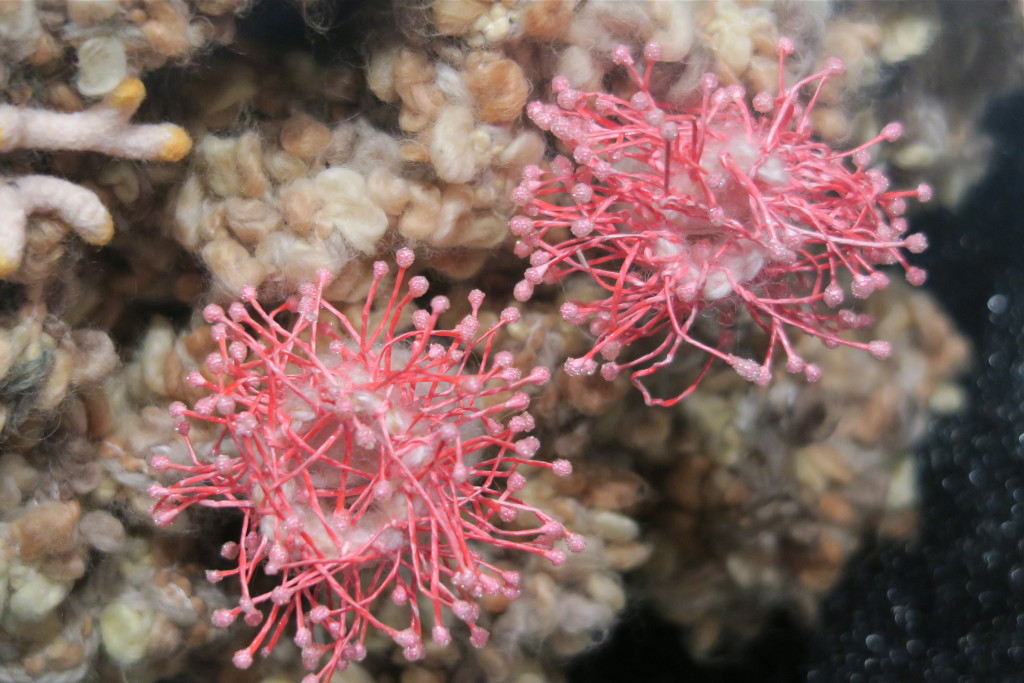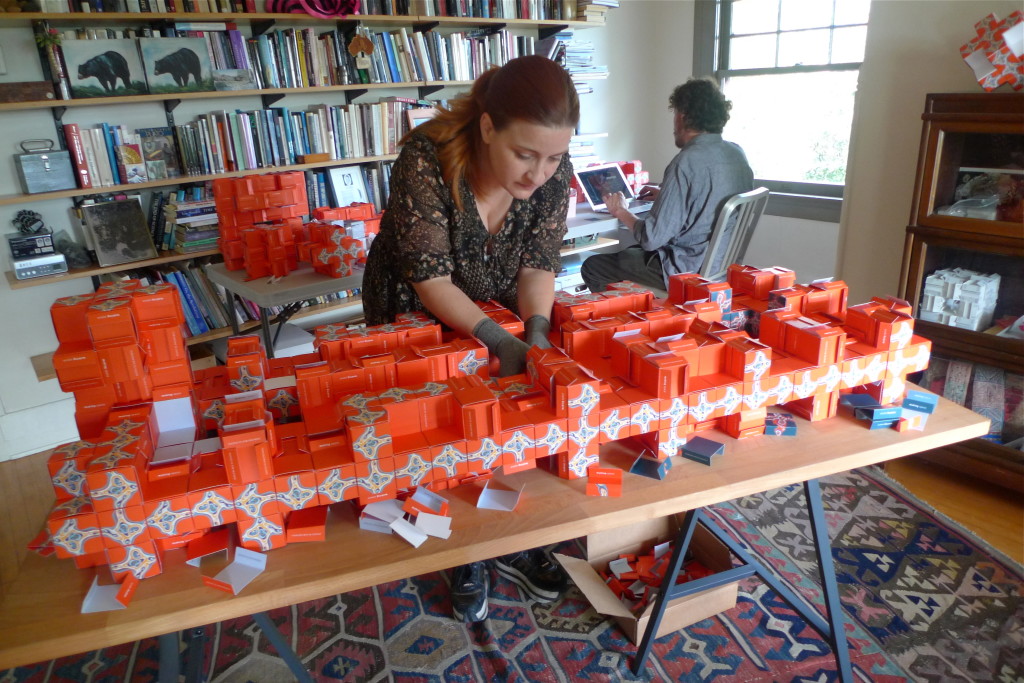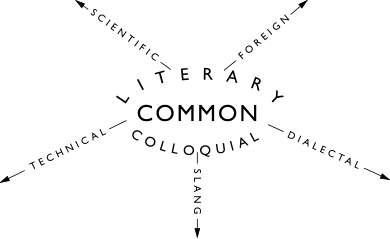
The “Bleached Reef” by the Institute For Figuring. Photographed at the exhibition “Night Begins the Day” at the Contemporary Jewish Museum, San Francisco, 2015.
The world’s coral reefs are experiencing the largest bleaching episode ever recorded. Rising water temperatures are now threatening more than a third of the Earth’s reefs and coral experts say it is possible reefs may be gone in 25 years. The effects of the current El Nino (making the last 2 years the hottest on record), are being compounded by underlying global warming and other anomalous climate events. Hardest hit has been the Great Barrier Reef. During a recent aerial survey of 520 sub-reefs in its northern section, scientists at Australia’s National Coral Bleaching Task Force found that only 4 showed no sign of bleaching. More than 600 miles of the GBR’s previous glory has been turned into aquatic boneyards. [See photo essay.] “This has been the saddest research trip of my life,” says Task Force convener Professor Terry Hughes.
In this time of urgency, the IFF’s Crochet Coral Reef project remains ever-more timely; a synthesis of art and science that also calls attention to the potency of community-based action. In Fall 2016 the Crochet Coral Reef will be on exhibition at the Museum of Arts and Design in NY. Included will be our Bleached Reef, a feminine handicraft elegy to the currently unfolding environmental tragedy.

Crocheted strawberry anemones (by Margaret Wertheim) nestling in the “Bleached Reef” by the Institute For Figuring. Photographed at the exhibition “Night Begins the Day: An Exploration of Space, Time and Wonder” at the Contemporary Jewish Museum, San Francisco, 2015.
________________________________________________________






